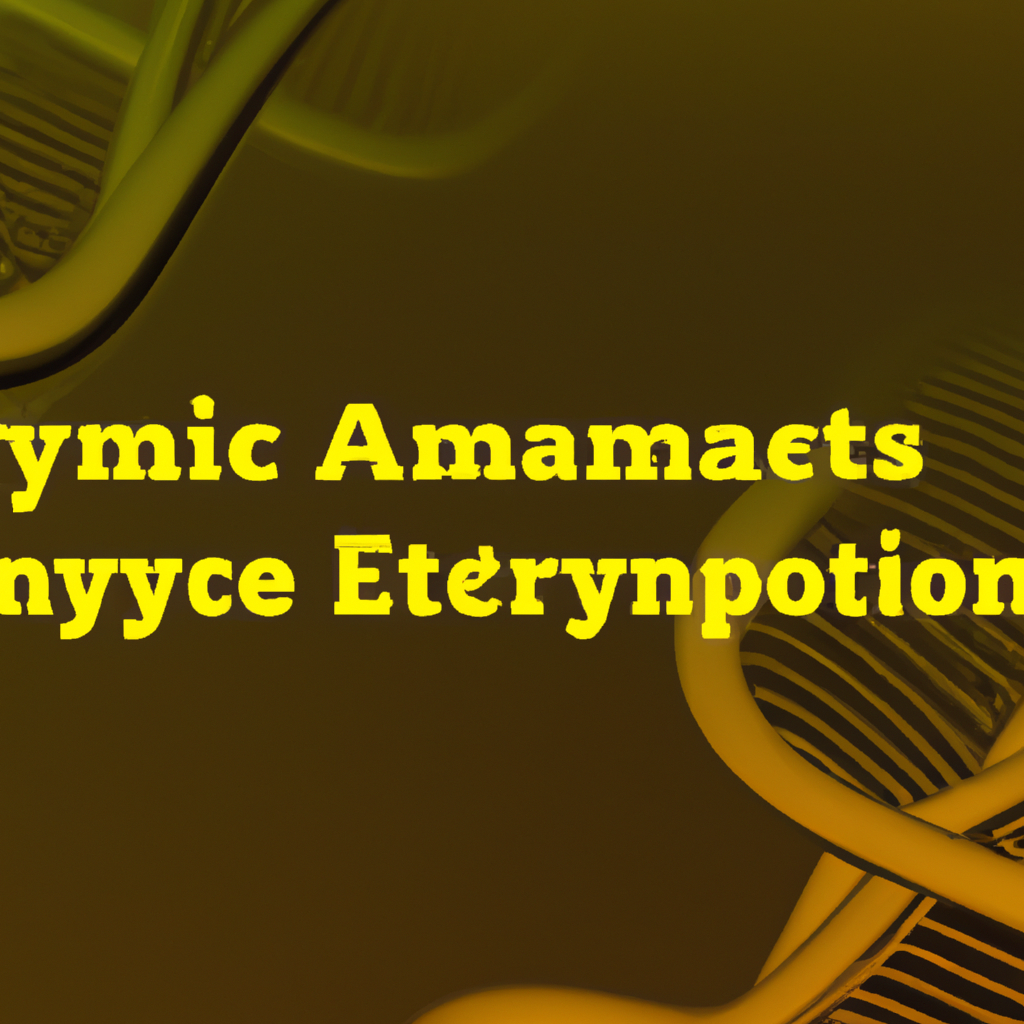Analyzing the Efficiency of Genetic Algorithms in Optimization Problems
Table of Contents
Analyzing the Efficiency of Genetic Algorithms in Optimization Problems
# Introduction
In the field of computer science, optimization problems are ubiquitous and arise in various domains such as engineering, economics, and biology. Solving these problems efficiently is of utmost importance, as it can have a significant impact on real-world applications. Genetic Algorithms (GAs) have emerged as a powerful tool for optimization due to their ability to mimic natural selection and evolution. This article aims to delve into the efficiency analysis of GAs in solving optimization problems, exploring both the new trends and the classics of computation and algorithms.
# Genetic Algorithms: A Brief Overview
Genetic Algorithms are a class of evolutionary algorithms inspired by the process of natural selection. They operate on a population of candidate solutions, which are referred to as individuals or chromosomes. Each individual represents a potential solution to the given optimization problem. The GA process involves iteratively evolving the population over generations using genetic operators such as selection, crossover, and mutation.
# Efficiency Analysis of Genetic Algorithms
Efficiency is a crucial aspect when evaluating the performance of any algorithm. In the case of GAs, efficiency is often measured by the time and computational resources required to find an optimal or near-optimal solution. Several factors contribute to the efficiency of GAs, including the choice of genetic operators, population size, and termination criteria.
## Choice of Genetic Operators
The selection, crossover, and mutation operators play a vital role in shaping the efficiency of GAs. The selection operator determines which individuals are chosen to reproduce and create offspring for the next generation. Various selection techniques have been proposed and analyzed, such as tournament selection, roulette wheel selection, and rank-based selection. Recent trends in GA research focus on adaptive selection strategies that dynamically adjust the selection pressure based on the population’s fitness landscape.
Crossover is the process of combining genetic material from two parent individuals to create offspring. Different crossover techniques exist, including single-point crossover, multi-point crossover, and uniform crossover. Each technique has its own advantages and drawbacks, impacting the exploration and exploitation abilities of the GA. Recent studies have explored the use of adaptive crossover operators that dynamically adjust the crossover probabilities based on the problem characteristics.
Mutation introduces random changes in individuals to maintain diversity within the population. It allows the GA to explore new regions of the search space that may contain better solutions. The mutation rate is a crucial parameter that affects the balance between exploration and exploitation. Recent research has focused on adaptive mutation strategies that adjust the mutation rate based on the problem’s progress and the population’s diversity.
## Population Size
The size of the population has a direct impact on the efficiency of GAs. A larger population size allows for a broader exploration of the search space but increases the computational requirements. On the other hand, a smaller population size may converge quickly but risks getting trapped in local optima. Determining the optimal population size is a challenging task and often requires careful experimentation and analysis. Recent trends in population sizing involve adaptive approaches that dynamically adjust the population size during the optimization process.
## Termination Criteria
The termination criteria determine when the GA should stop searching for better solutions. Traditional termination criteria include reaching a maximum number of generations or a predefined fitness threshold. However, recent research suggests that incorporating problem-specific termination criteria can significantly improve the efficiency of GAs. For example, in certain optimization problems, the GA can terminate when it reaches a specific structure or pattern in the search space.
# Analyzing Efficiency: Experimental Evaluation
Analyzing the efficiency of GAs in optimization problems requires rigorous experimental evaluation. Researchers often use benchmark problems with known optimal solutions to assess the performance of GAs. The evaluation involves comparing the quality of the solutions obtained by the GA with the known optimal solution. Additionally, the execution time and resource utilization are measured to analyze the computational efficiency.
Efficiency analysis also involves studying the convergence behavior of GAs. Convergence refers to the process of the GA approaching an optimal solution over generations. Various convergence metrics exist, such as the average fitness of the population, the best fitness found so far, and the diversity of the population. Analyzing the convergence behavior helps understand the efficiency and effectiveness of GAs in different optimization problems.
# Conclusion
Genetic Algorithms have proven to be efficient and effective in solving optimization problems across various domains. Analyzing their efficiency involves careful consideration of factors such as genetic operators, population size, and termination criteria. Recent trends in GA research focus on adaptive strategies that dynamically adjust these factors based on the problem characteristics. Experimental evaluation plays a crucial role in assessing the efficiency of GAs, involving benchmark problems, convergence analysis, and comparison with known optimal solutions. By continuously analyzing and improving the efficiency of GAs, computer scientists can unlock their full potential in solving complex optimization problems.
# Conclusion
That its folks! Thank you for following up until here, and if you have any question or just want to chat, send me a message on GitHub of this project or an email. Am I doing it right?
https://github.com/lbenicio.github.io

